19 must-see tourist attractions in Tokyo

There are many tourist attractions in Tokyo, but here are 19 that Capture My Japan recommends.
Written by
"Capture My Japan " is a photography service for tourists visiting Japan from overseas by Lovegraph Co., Ltd, which operates one of Japan's largest on- location photography session businesses. Would you like to capture yourself along with the beautiful scenery of Japan with a professional photographer? You can experience shooting at your favorite travel destinations such as Tokyo, Kyoto, and Osaka. Capture My Japan's photographers have bases all over the country and can handle shooting in a wide range of areas. We have photographers who have passed a strict screening process, so you can leave your shooting to us with confidence! Japanese photographers who have a good understanding of each region will take care of your needs. Why not leave your memories of your trip to Japan together in a wonderful way?
" Capture My Japan " is a photography service for tourists visiting Japan from overseas, provided by Lovegraph Co., Ltd , one of Japan's largest on-location photography session businesses.
If you use the coupon code "MCM-18711" when applying, you can get a 5% discount and experience a professional photo shoot!
Learn more about Capture My Japan
Please take a look at the following article for more details about shooting with "Capture My Japan".
Asakusa

Asakusa is a place where you can feel the traditional Japanese atmosphere even in the world-famous metropolis of Tokyo. It is a representative tourist destination in Tokyo, visited by many people from both within Japan and overseas.
Once you pass through the eye-catching red Kaminarimon Gate, you'll find Nakamise Shopping Street, one of Japan's oldest shopping streets, heading towards Sensoji Temple. Many people enjoy sampling the Japanese sweets on sale here and purchasing souvenirs.
When you visit Sensoji Temple, there is a place with running water called the Omizuya, so you should first wash your hands and mouth there to purify yourself. When you arrive at the main hall, there is a box, so you can put money in it. Then, with your hands still together, bow once, then say your wish, bow again, and you're done. Please give Japanese-style worship a try!
Sensoji Temple
Hotels near Sensoji Temple
Tokyo Sky Tree

The tower that stands out and can be seen from Asakusa, which we introduced earlier, is Tokyo Skytree. Completed in 2012, it is the tallest tower in the world, standing at 634m, making it the third tallest building in the world.
Looking down on the city of Tokyo from the observation deck, you can experience an overwhelming height where everything looks like a miniature, and the view spreads out as if you are looking out over the entire city of Tokyo.
There are also many famous cherry blossom viewing spots around the Skytree, and in spring the area is bustling with people enjoying the cherry blossoms with cameras in hand.
Tokyo Sky Tree
Hotels near Tokyo Sky Tree
Ameyoko

Ueno Ameyoko Shopping Street, commonly known as "Ameyoko", is a shopping street located between JR Ueno Station and JR Okachimachi Station. Within about 500 meters, it is one of Japan's leading shopping streets, with over 400 stores in a wide range of categories, including food stores such as fish shops and confectionery shops, drug stores, fashion goods stores, and sporting goods stores.
Ameyoko also has many cheap and delicious restaurants. One way to enjoy Ameyoko is to wander around the various shops, including standing bars, food stalls run by people from Asian countries such as China, and sweets shops.
You can also get Japanese sweets at cheaper prices than elsewhere, so we recommend buying lots of them as souvenirs here.
Ueno Zoo
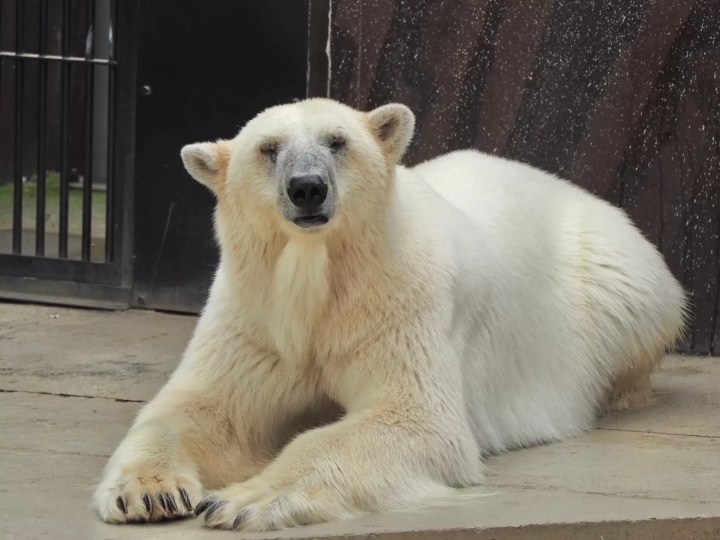
Ueno Zoo was established in 1882 as Japan's first zoo, and has a history of over 130 years. It is home to many Japanese animals, such as the Ezo deer and Japanese serow, as well as animals from all over the world, such as polar bears and aye-ayes. It is a large-scale zoo with over 3,000 animals from over 400 species.
The highlight of the zoo is the giant pandas. A baby panda will be born in June 2021. It's safe to say that many people who visit Ueno Zoo do so in order to see the giant pandas.
Ueno Zoo
Hotels near Ueno Zoo
Ryogoku Kokugikan Sumo Hall

The Ryōgoku Kokugikan is a facility for holding sumo wrestling events, and is also used as a venue for professional wrestling and boxing matches, as well as live music.
Sumo, which is an ancient Japanese ritual and festival, as well as a form of martial arts, is an event that you should see at least once if you visit Japan. However, you can't see sumo whenever you want at the Kokugikan, so be sure to check the event schedule in advance.
Even when sumo tournaments are not being held, you can still enjoy the facility, as there are life-size panels of sumo wrestlers and a shop selling sumo merchandise.
Kokugikan
Hotels near Kokugikan
Akihabara
Akihabara is widely known as the town of otaku and electronics. There are many places where you can experience unique Japanese culture, such as stores specializing in anime and game goods and maid cafes. If you like Japanese subculture, this is a place you should definitely visit.
Maybe you can find gaming goods and electronic parts that you can't find in any other store in Akihabara...!?
Animate Akihabara Main Building
Odaiba Marine Park
Odaiba Marine Park is a park located in the Odaiba area, where leisure and commercial facilities are concentrated. You can enjoy marine sports such as windsurfing, and shopping at commercial facilities such as Aqua City Odaiba. The famous Statue of Liberty is also located here.
From Odaiba Seaside Park, you can see the Rainbow Bridge, which most Japanese people think of when they hear the name Odaiba, as well as the Fuji Television Headquarters Building with its impressive spherical observation deck.
It's nice during the day, but as it's one of the best spots in Tokyo for sunset and night views, we recommend visiting in the evening or at night.
Odaiba Marine Park
Hotels near Odaiba Marine Park
Toyosu Market
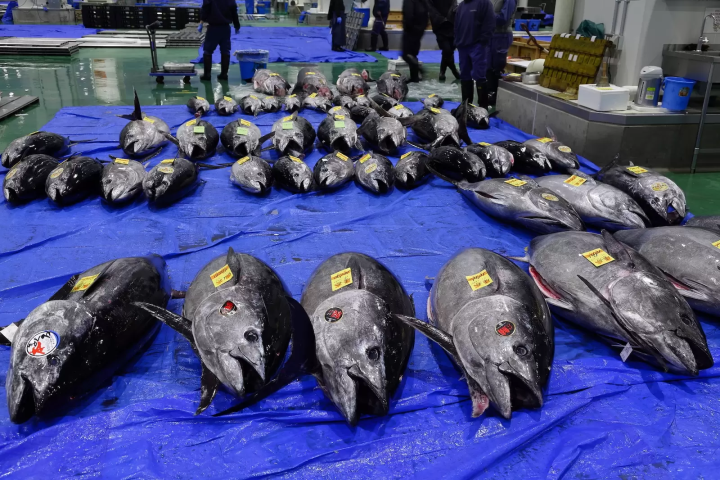
Toyosu Market is a market where various ingredients are transported from not only Japan but all over the world. It opened in 2018 as a replacement for Tsukiji Market, which had functioned as a public wholesale market since 1935.
It is an increasingly popular tourist destination, with areas open to the general public as well as chefs and wholesalers looking for fresh seafood and produce. Tourists are not allowed inside the market, but there are tours that allow visitors to see what is going on inside the market, and restaurants where you can eat dishes made with fresh ingredients.
The food and drink area is also closed on days when the market is closed (mainly Wednesdays, Sundays, and holidays), so be sure to check the official website in advance to see if the market is open. It gets very crowded on Saturdays and during peak tourist seasons, so if you want to enjoy sightseeing at a leisurely pace, we recommend going on a weekday morning.
Tokyo Tower
Tokyo Tower is a Japanese landmark, its red and white colours standing out against the blue sky.
This 333m-tall comprehensive radio tower was completed in 1958 and was the tallest in the world at the time of its completion. From that time until the present day, it has been loved by Japanese people as a symbol of Tokyo for many years, so it is a place that you should definitely visit if you come to Japan.
From Shiba Park near Tokyo Tower, you can see Tokyo Tower up close along with the Tokyo skyline. We also recommend climbing up to the observation deck for a panoramic view of the Tokyo cityscape.
Tokyo Tower
Hotels near Tokyo Tower
The National Art Center, Tokyo
Surrounded by glass, the National Art Center, Tokyo is bright, open, and impressive in its unique design, and it hosts a variety of exhibition events, making use of its exhibition space, which is one of the largest in Japan.
The charm of the National Art Center, Tokyo is that it does not have a collection, but rather has a variety of exhibitions that change with the seasons. It is a good idea to check the event information on the official website in advance.
There are also restaurants, cafes, and a museum shop selling original goods, so you can enjoy the building itself even if you don't see the exhibitions.
The National Art Center, Tokyo
Shibuya Scramble Crossing

The Shibuya Scramble Crossing, located northwest of JR Shibuya Station, is known as both the "world's most famous intersection" and the "world's busiest intersection," and is a popular tourist spot that represents Shibuya. When the light turns green, you can see more than 1,000 people passing by at once, creating a spectacular, Tokyo-like sight.
It's a place where you can truly experience the city of Shibuya, one of the most crowded areas in Japan, and it's bright and glittering not only during the day but also at night. If you want to experience the big city of Tokyo, this is the place to visit.
Hotels near Shibuya Scramble Crossing
Meiji Jingu
Meiji Shrine, surrounded by lush greenery that makes it hard to believe it's in the big city of Shibuya, is a shrine dedicated to Emperor Meiji and his empress. It boasts the highest number of visitors in Japan.
As you walk along the approach to the shrine, you will see rows of sake and wine barrels lined up on both sides. It is common for sake barrels to be offered to shrines, but wine barrels are a rare sight. Nearby is an overwhelmingly huge torii gate. It was made from a large tree discovered in Taiwan that is over 1,500 years old, and is the largest wooden Myojin torii gate in Japan.
Since this is a shrine, the way to pray here is different from Sensoji Temple, which we introduced earlier. First, you wash your hands and mouth at the Chozuya, a place where running water flows. After placing money in the box in front of the main hall, you bow twice, clap twice, and pray. Finally, bow once more to finish.
Meiji Shrine
Hotels near Meiji Shrine
Yoyogi park
Yoyogi Park is located in the city of Shibuya Ward, but it is a park that many people visit because they can feel like they are in nature.
It's close to the station and easily accessible, and the site area is quite large, so it's a great place to have a picnic after shopping.
The cherry blossoms in spring and the autumn leaves are especially popular, allowing you to experience the beauty of Japanese nature, so be sure to visit at the right time.
Yoyogi Park
Hotels near Yoyogi Park
Nezu Museum
Nezu Museum, which covers an expansive area of over 20,000 m², not only houses approximately 7,600 pieces of art, but also features a Japanese garden with four teahouses scattered throughout the garden.
This museum has a large collection of antique Japanese art, and is a must-visit for anyone who wants to experience Japanese art. It holds exhibitions with different themes depending on the season, so it's a place you can enjoy no matter how many times you visit. After viewing an exhibition, you can also enjoy a stroll through the garden.
Shinjuku Gyoen National Garden
Shinjuku Gyoen, located amongst a row of skyscrapers, is an oasis in the middle of a big city. It's also close to the station, so it's easy to visit.
It is a place where you can enjoy beautiful natural scenery that changes with the seasons: cherry blossoms in spring, hydrangeas in the rainy season, autumn leaves in fall, snowy scenery and winter birds in winter. If you want to easily experience the four seasons of Japan while in Tokyo, Shinjuku Gyoen is recommended.
Shinjuku Gyoen
Hotels near Shinjuku Gyoen
*Shinjuku Gyoen is a park where commercial photography is prohibited. Please note that even if you are taking photos as a hobby, you must notify us in advance if you plan to use a reflector or wear special clothing such as a wedding dress.
Takeshita Street, Harajuku

Takeshita Street, which stretches for 350 meters and can be found immediately outside the ticket gates of Harajuku Station, is a place where trendy fashion and gourmet food come together. It is the epicenter of kawaii culture and is bustling with young people every day.
There are many ways to have fun here, with shops aimed at young people, such as unique sweets and gourmet shops, general stores, and photo booths. Even if you don't find anything you want, just looking around is enjoyable.
Hotels near Takeshita Street
Ginza
Ginza, one of Tokyo's leading shopping districts, is lined with many domestic and international luxury brand stores, prestigious long-established shops, and high-end department stores.
In addition, on Saturdays, Sundays, and public holidays, Ginza Street is closed to vehicles and turns into a pedestrian precinct. You can walk freely around Ginza, so if you are visiting Ginza, be sure to visit during the pedestrian precinct hours .
Ginza Mitsukoshi
Hotels near Ginza Mitsukoshi
Kabukiza Theatre
Kabuki, a traditional Japanese theatrical art, has a history of over 400 years and is registered as an intangible cultural heritage by UNESCO. The Kabukiza theater in Ginza is said to be the hall of fame for Kabuki.
Prices vary depending on the seat. If you want to experience the powerful performance up close, you can sit at the front of the first floor, and if you want to watch it from a distance, the most reasonable seats are the B seats on the third floor. You can enjoy Kabuki from various viewpoints depending on the seat type.
You can enjoy the play more deeply if you research the story of the play you are going to see in advance on the Internet or elsewhere.
Kabukiza
Hotels near Kabukiza
Mount Takao
Mount Takao is a 599m-high mountain located in Hachioji City, Tokyo. It is easily accessible, about an hour and a half by train from the city center, and is a place that many people visit throughout the year due to its easy access and the fact that it is an enjoyable low-mountain hike.
There are eight hiking routes from beginner to advanced levels, and it is famous as an introductory mountain for mountain climbing, so many different people enjoy hiking and climbing. You can take a cable car up to Takaosan Station, which is 472 meters above sea level, so even those who are not confident in their physical strength can enjoy the autumn leaves.
Mount Takao
Experience a professional photoshoot in Tokyo
Would you like to take some photos to commemorate your trip to Tokyo? With "Capture My Japan," you can take photos at your favorite locations throughout Japan, and photographers who can speak English, Chinese, Korean, and other languages will communicate closely with you while you take your photos, so even those who aren't confident in their Japanese will have no problem.
The rate for "Capture My Japan" starts from 49,500 yen per hour (including 50 edited photos). Currently, if you enter coupon code " MCM-18711 " when applying, you can get a 5% discount on your photo shoot experience. If you're considering using Capture My Japan, be sure to take advantage of this offer!
Learn more about Capture My Japan
Official website: https://capturemy.jp/
Photographer: https://lovegraph.notion.site/Photographers-2e00aa4468c0438dafe5ce576dd39be7
"Capture My Japan " is a photography service for tourists visiting Japan from overseas by Lovegraph Co., Ltd, which operates one of Japan's largest on- location photography session businesses. Would you like to capture yourself along with the beautiful scenery of Japan with a professional photographer? You can experience shooting at your favorite travel destinations such as Tokyo, Kyoto, and Osaka. Capture My Japan's photographers have bases all over the country and can handle shooting in a wide range of areas. We have photographers who have passed a strict screening process, so you can leave your shooting to us with confidence! Japanese photographers who have a good understanding of each region will take care of your needs. Why not leave your memories of your trip to Japan together in a wonderful way?
The contents on this page may partially contain automatic translation.





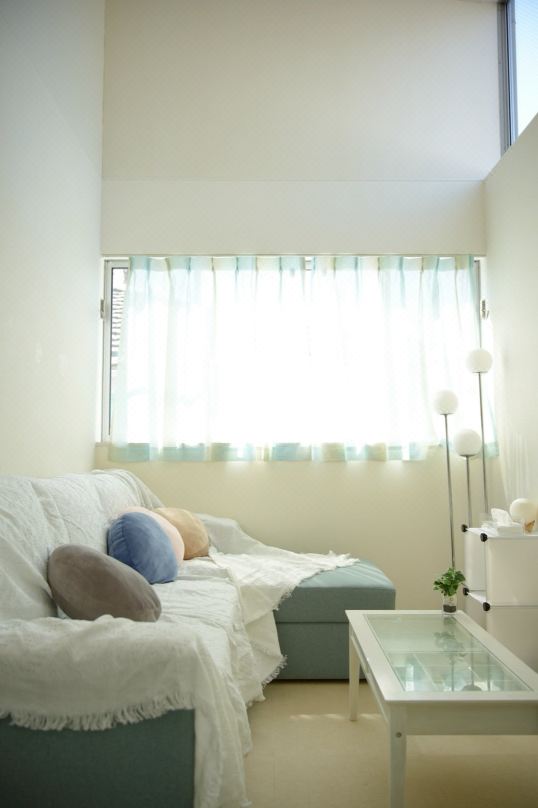
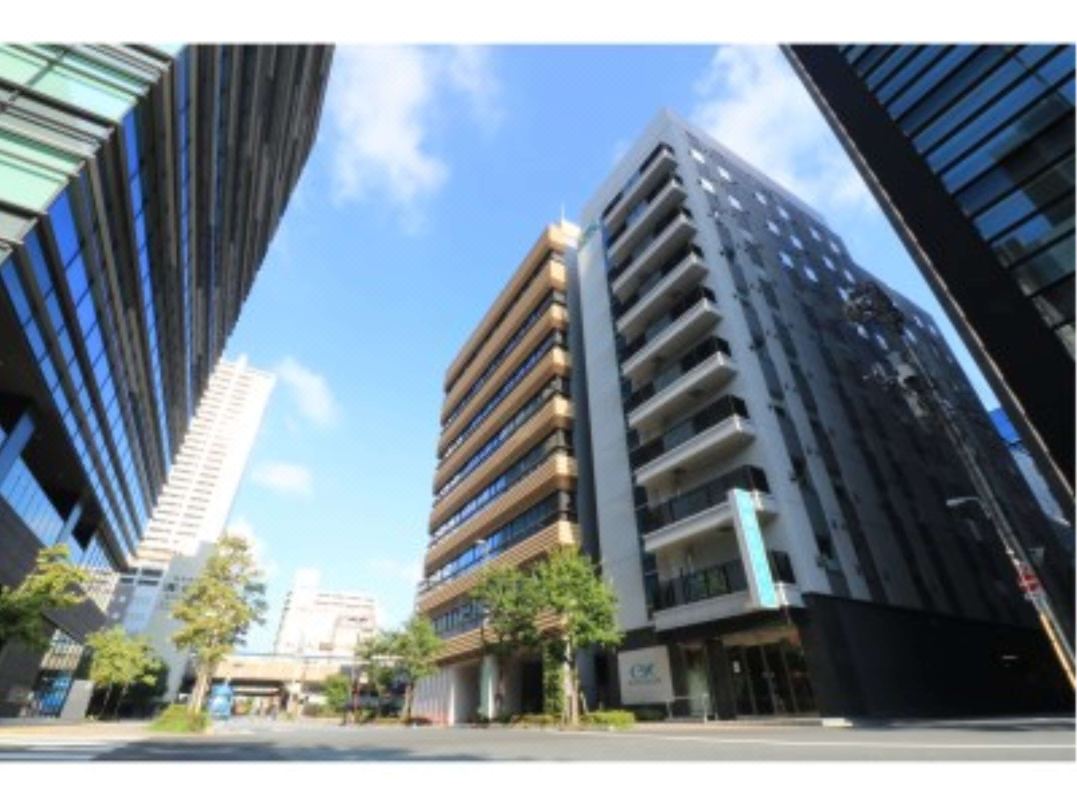
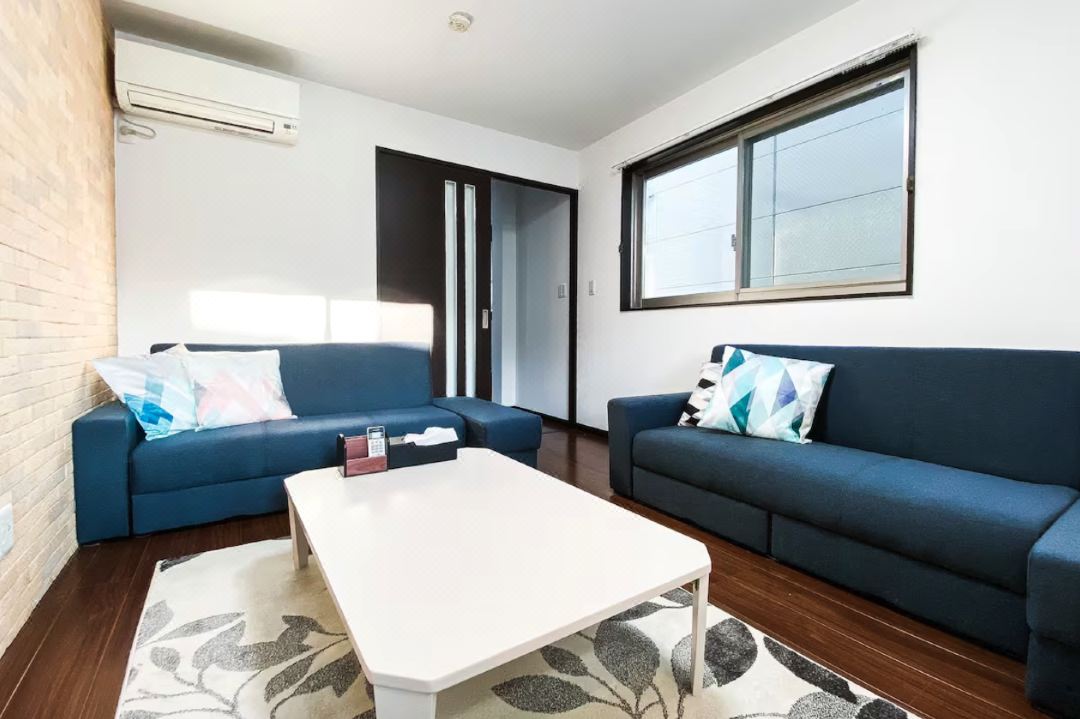



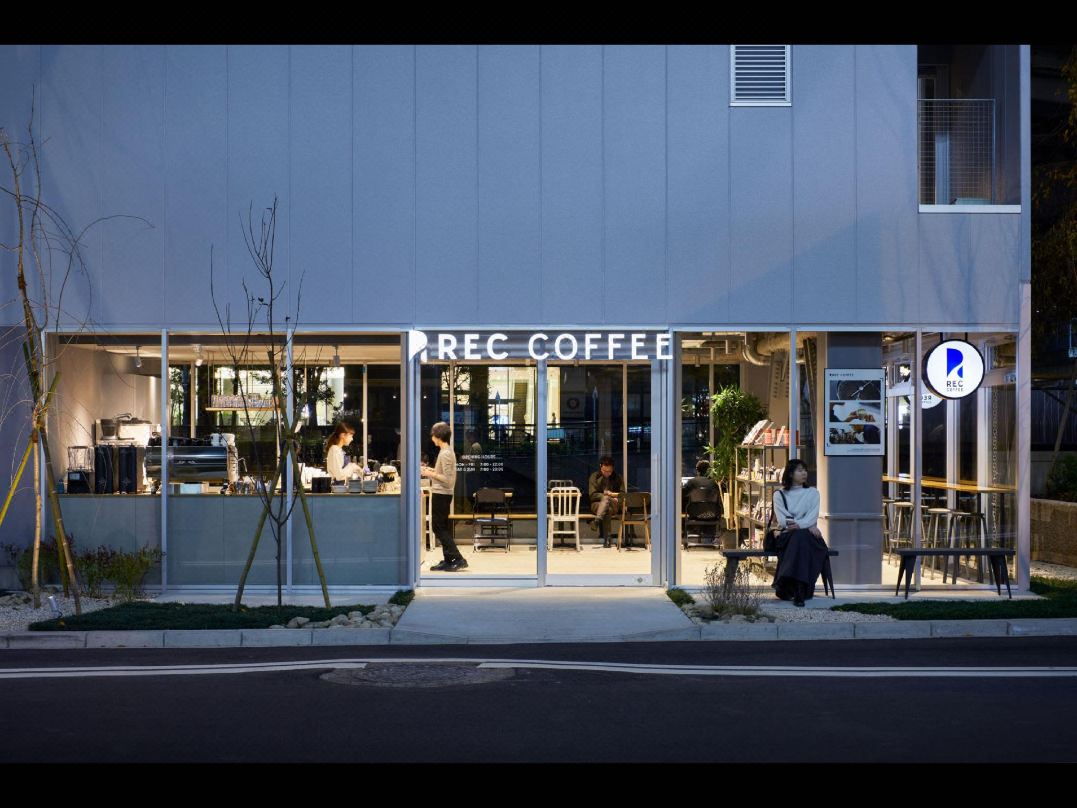
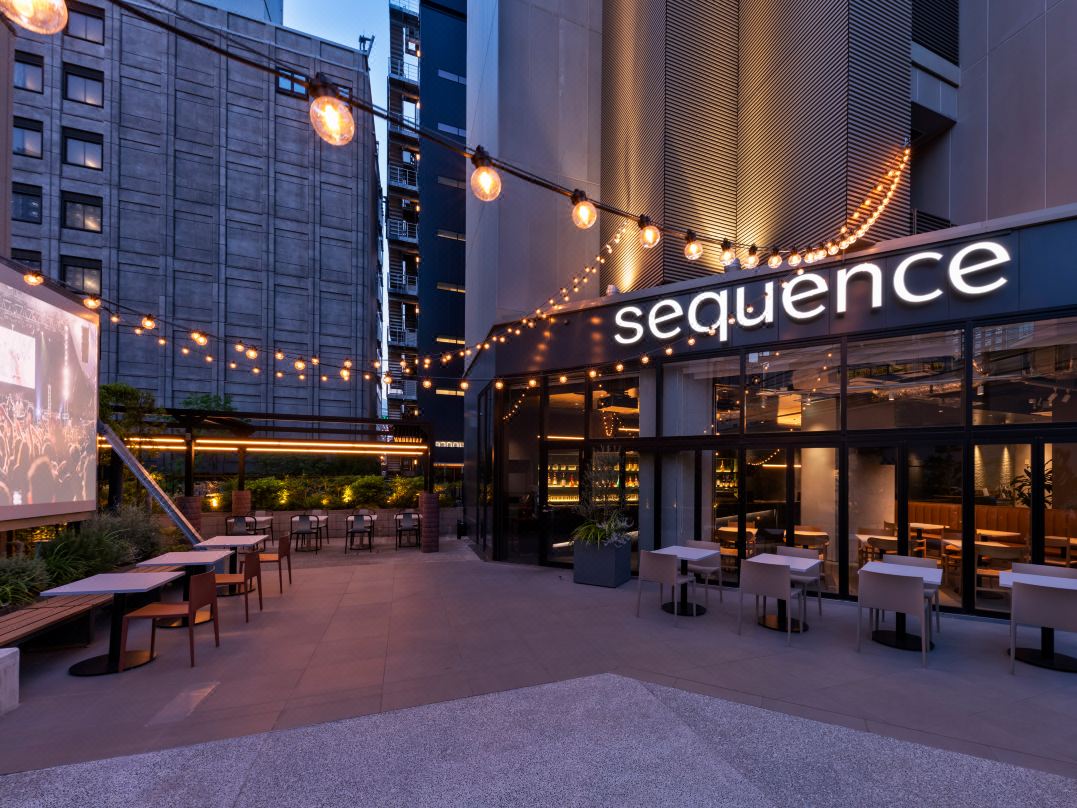
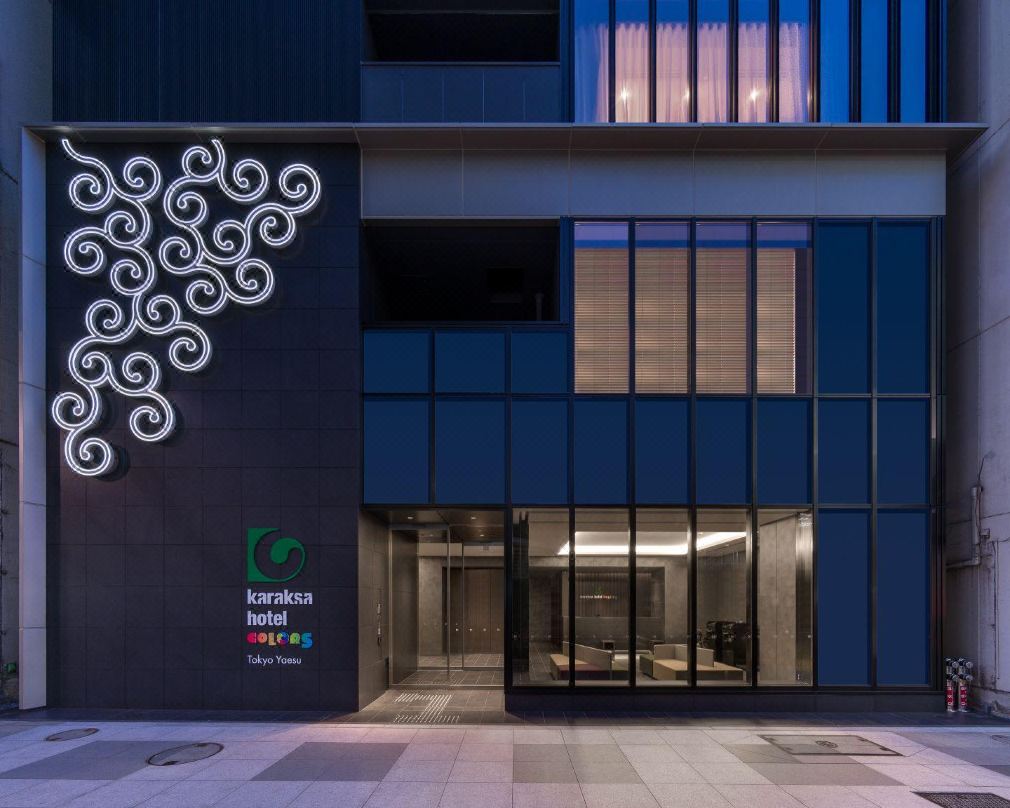
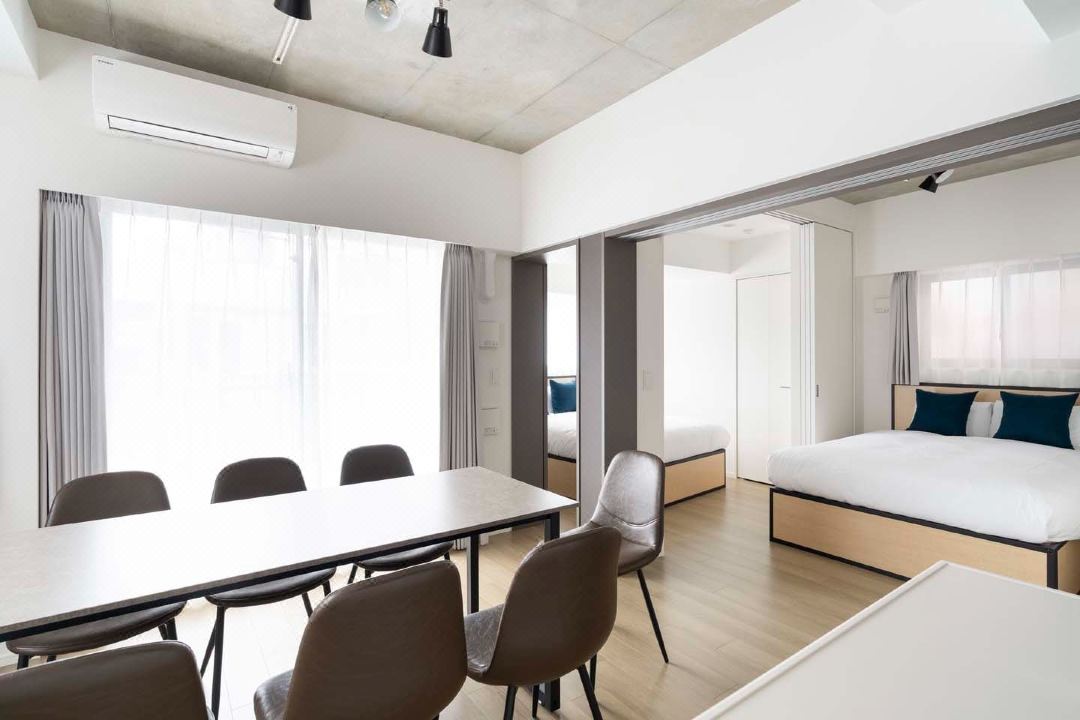
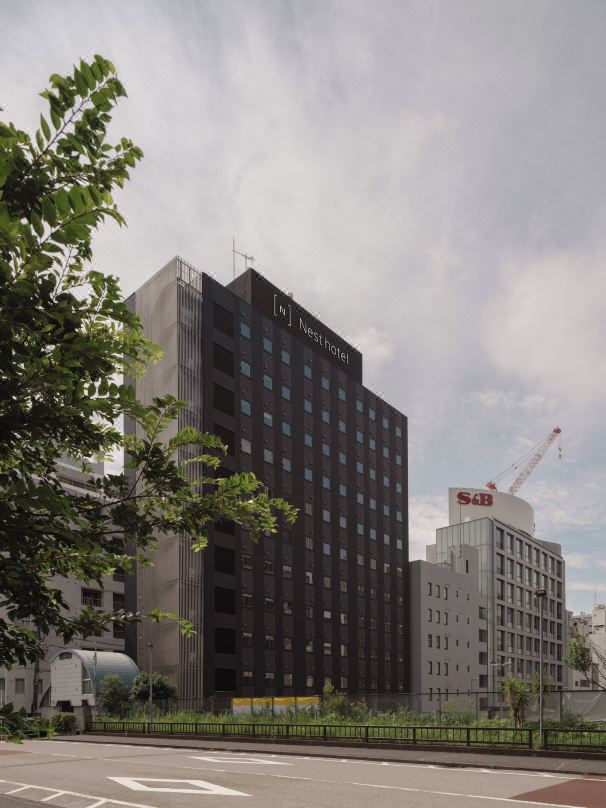
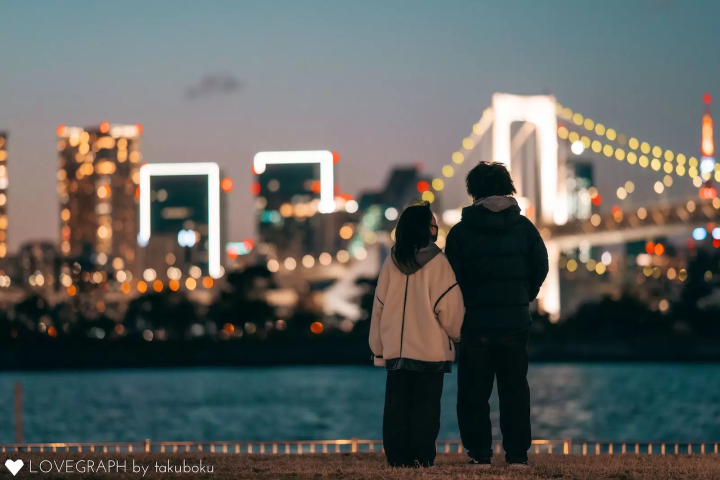
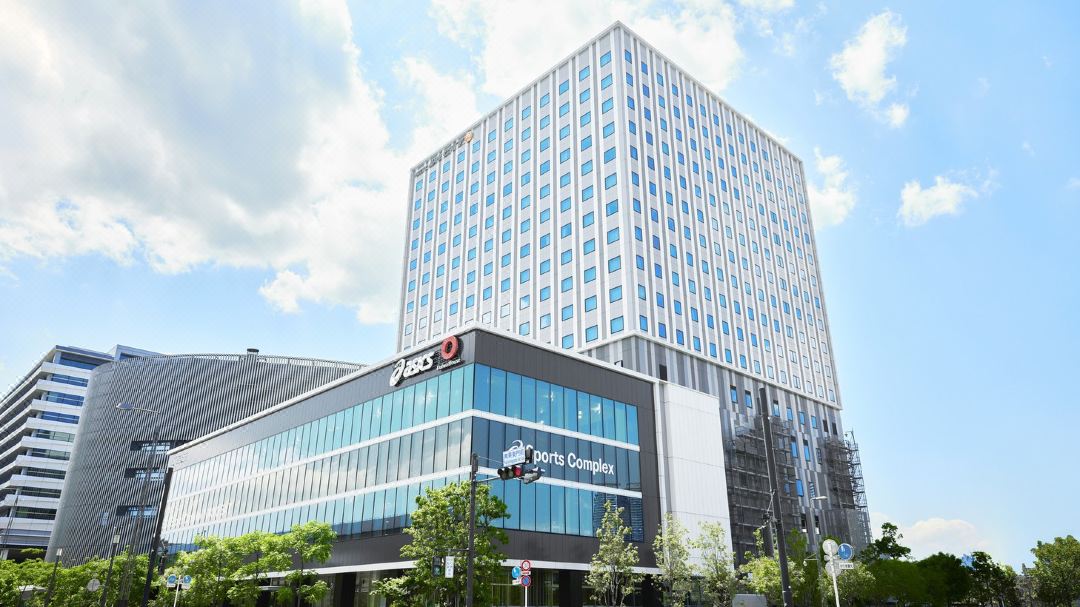
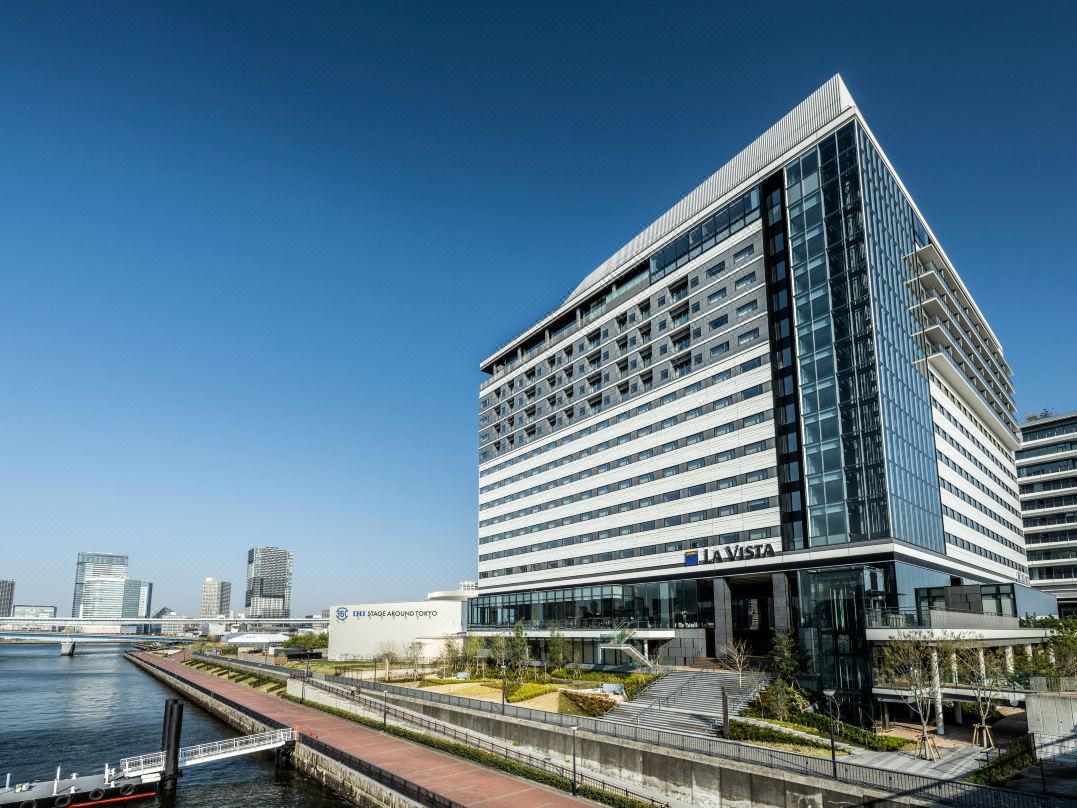

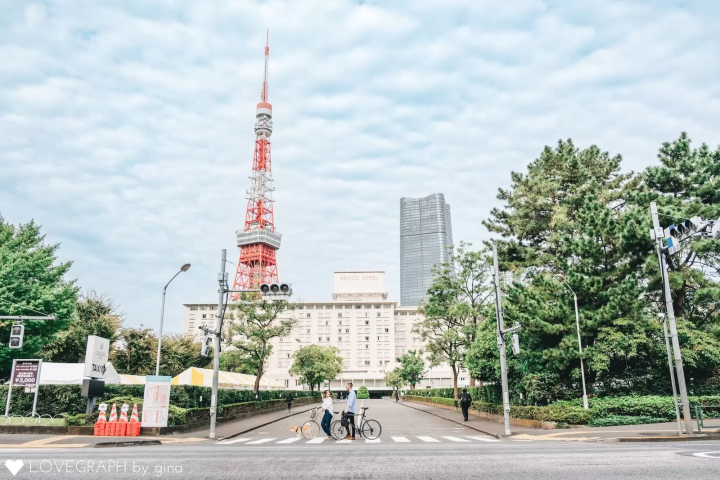

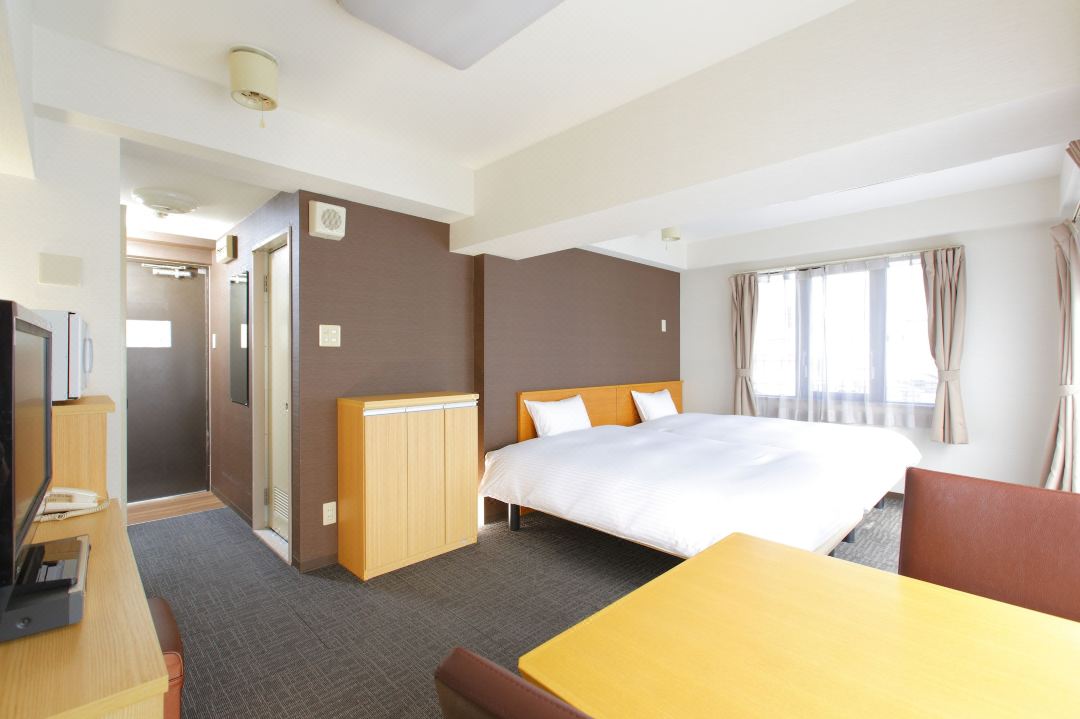
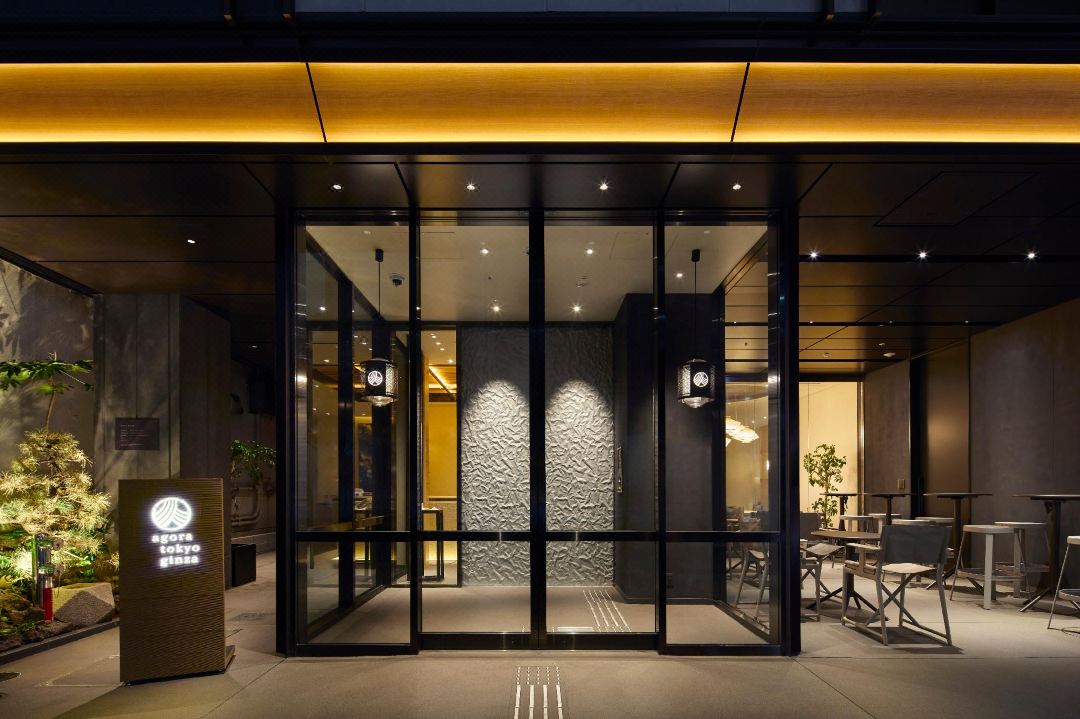
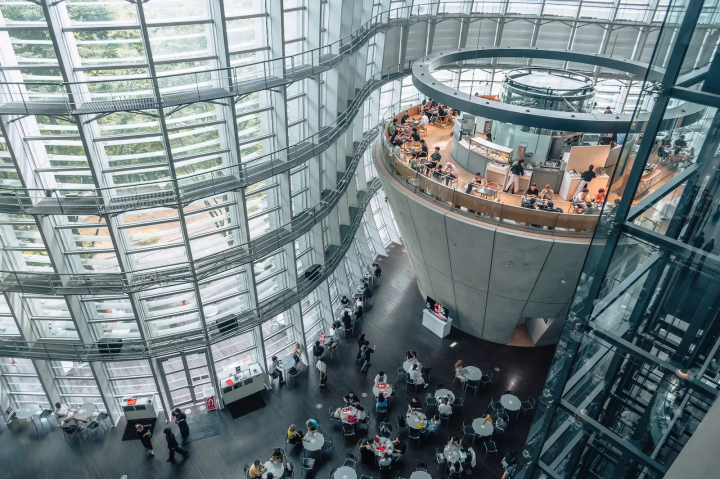




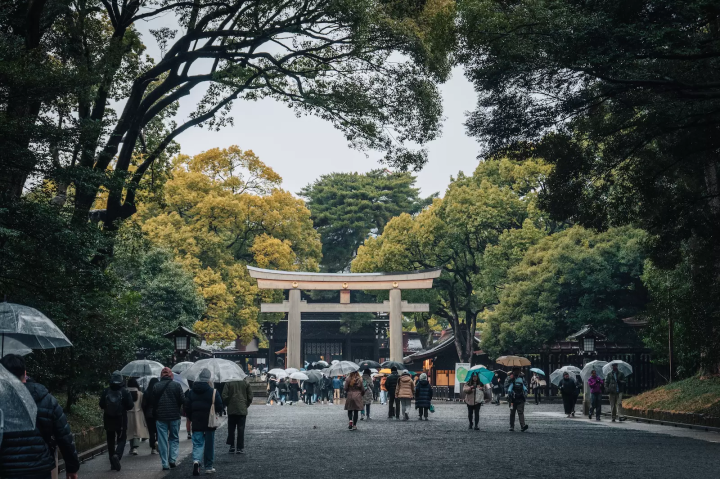
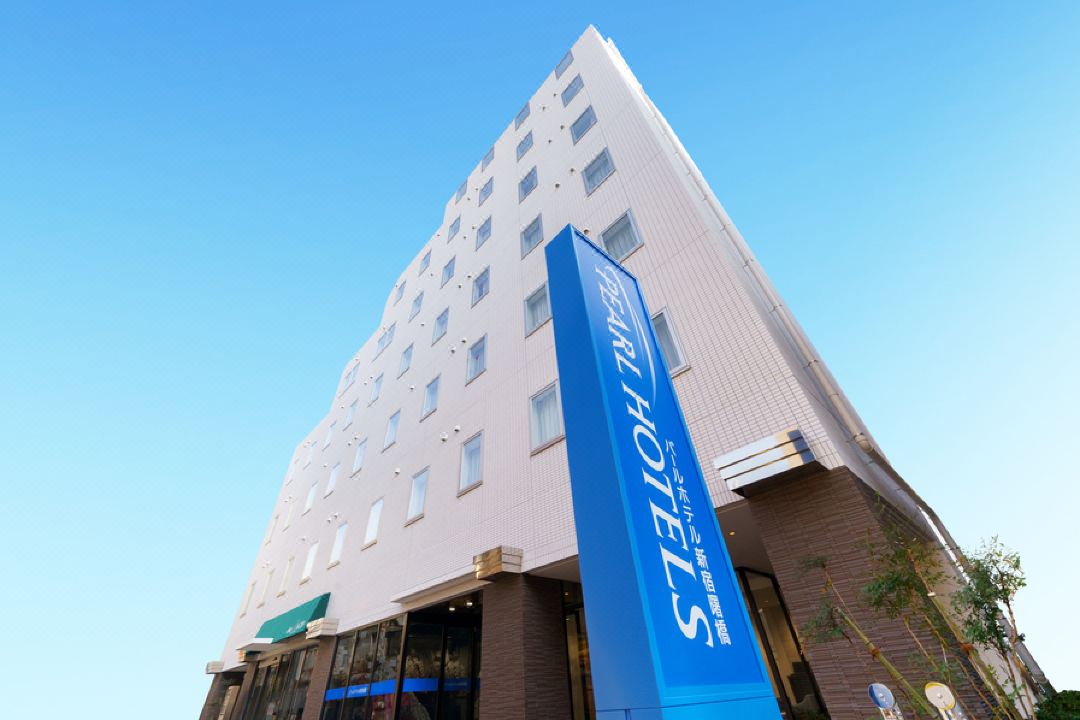

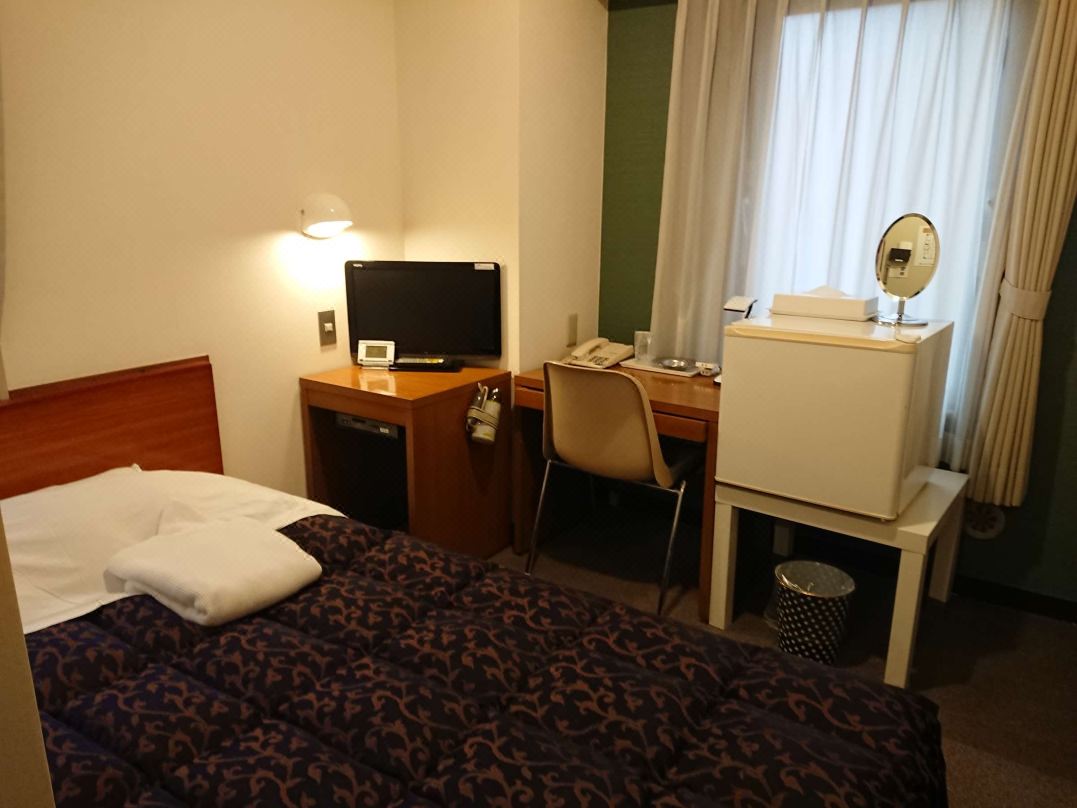
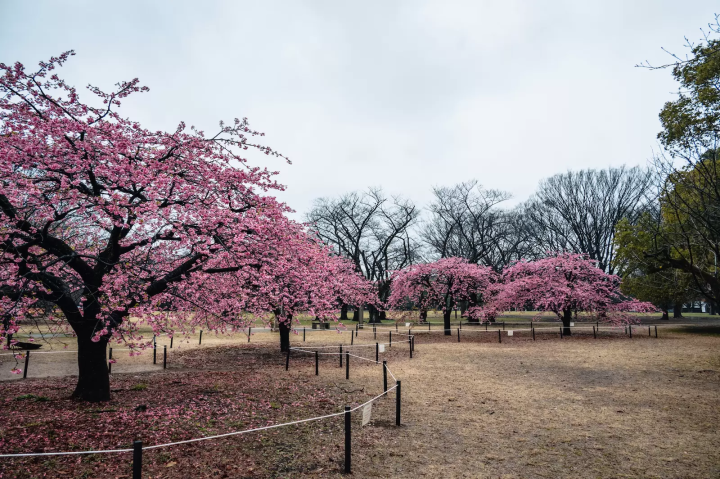
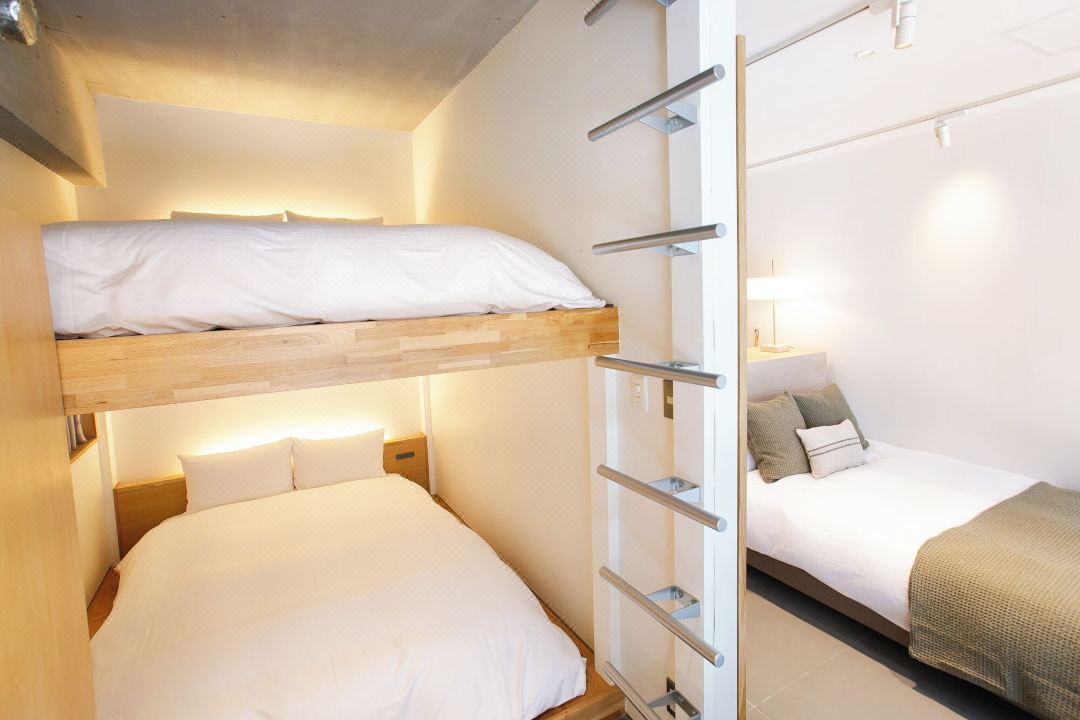
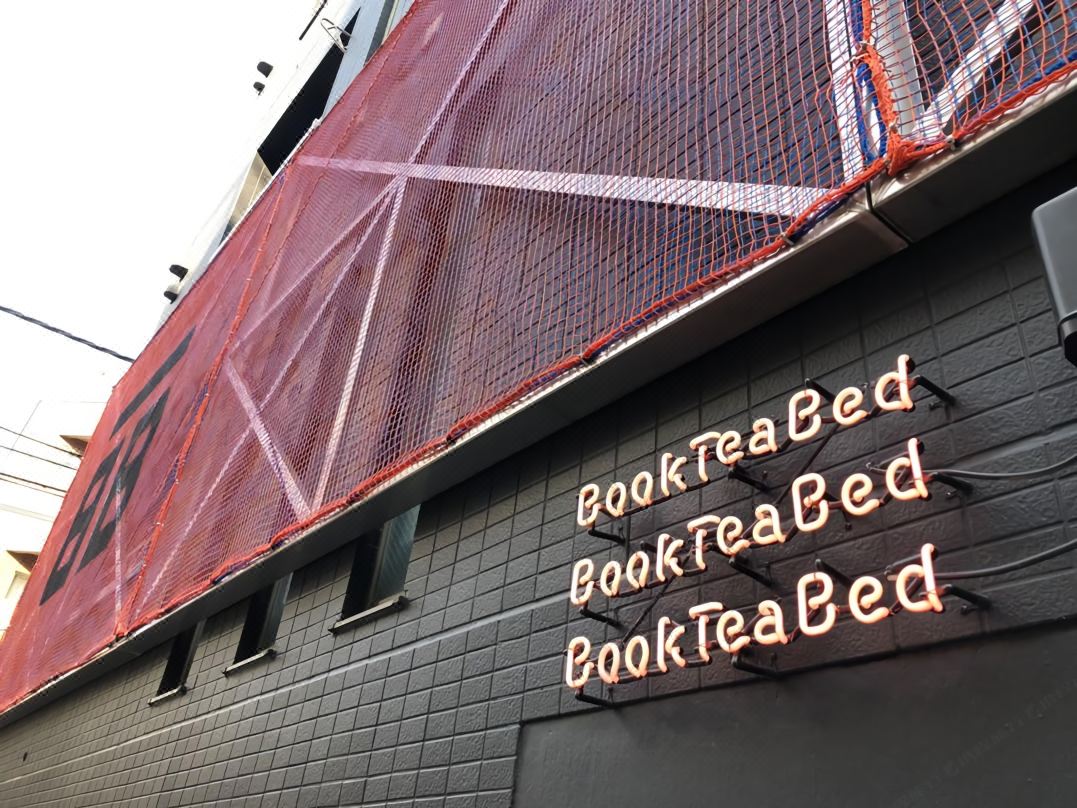
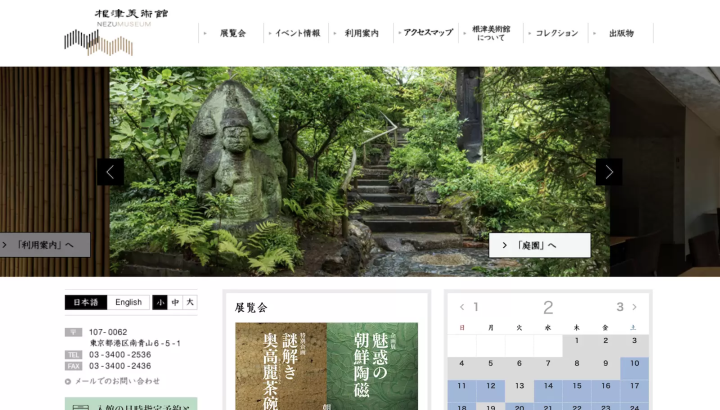
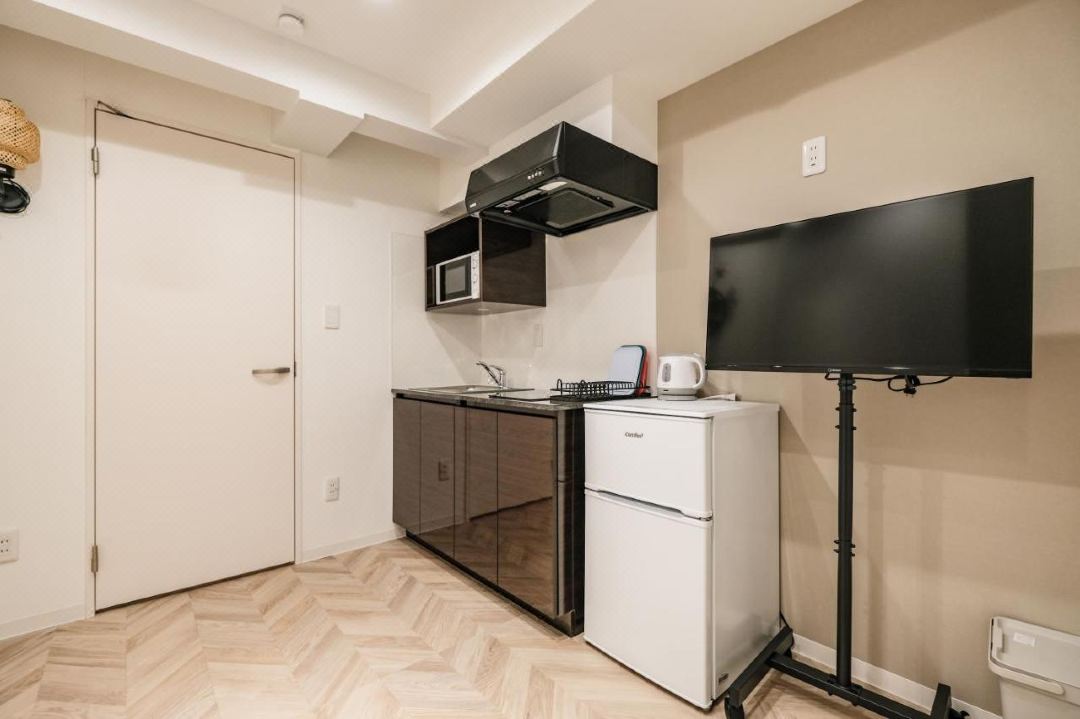
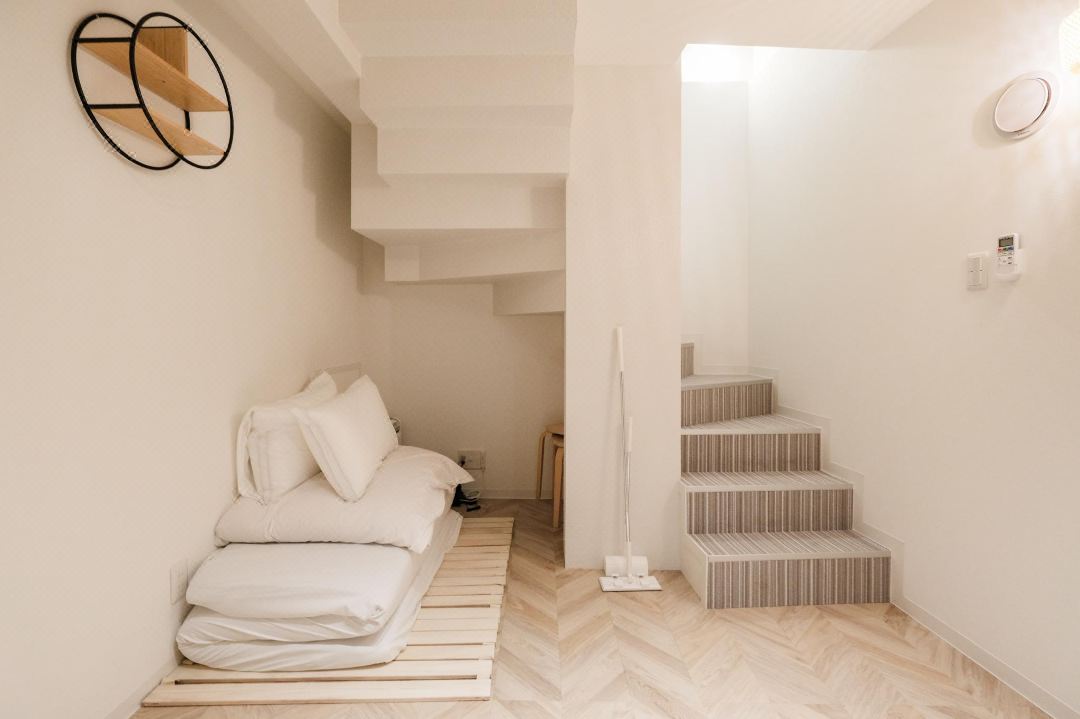


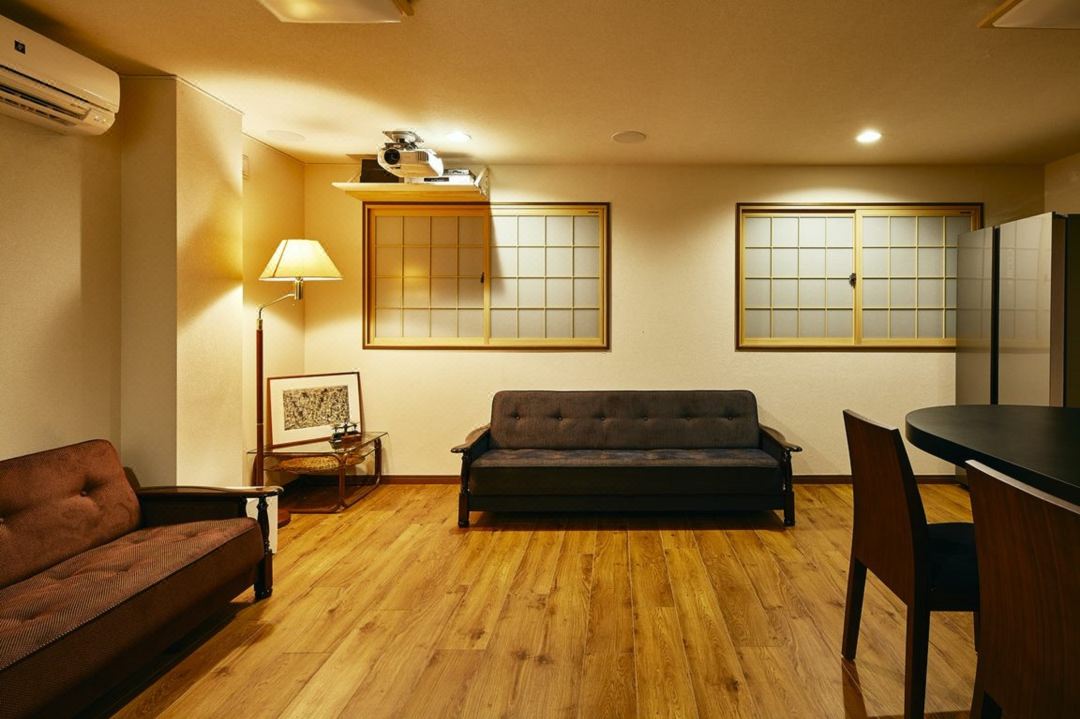

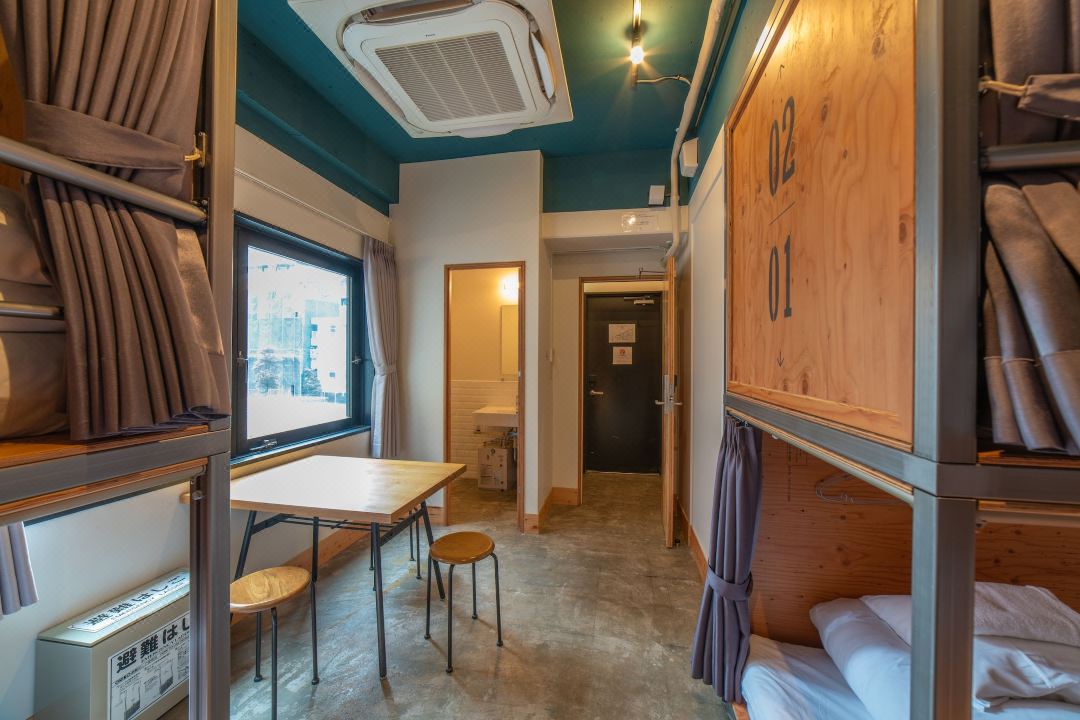

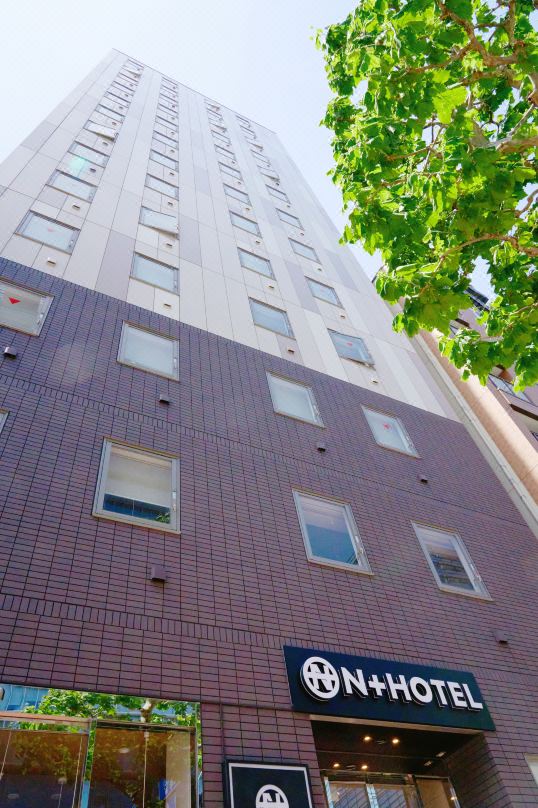

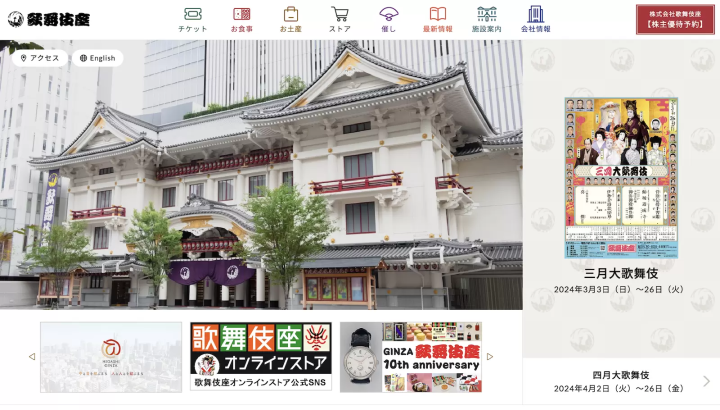


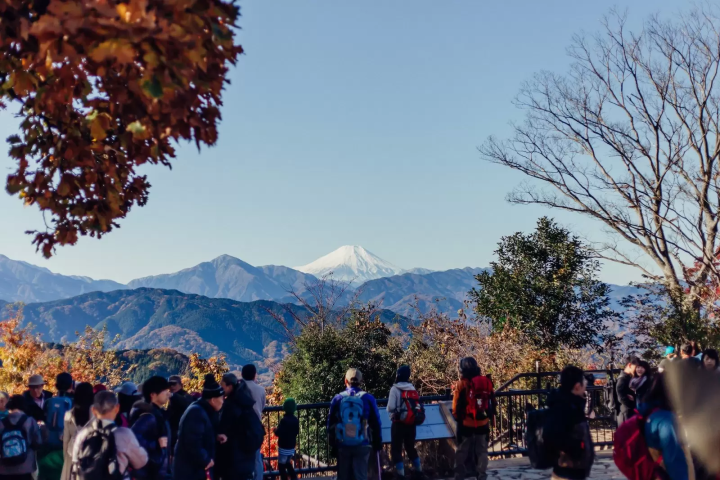






























![[Tokoname Ware Journey] Teapots and Ceramics in Japan's Six Ancient Kilns](https://resources.matcha-jp.com/resize/720x2000/2026/01/08-255148.webp)
![[TICKET OPEN] KARUIZAWA INTERNATIONAL (Curling)| Match Schedule & Ticket Information](https://resources.matcha-jp.com/resize/720x2000/2026/01/14-255505.webp)

![[50 minutes by car from Nagoya] Experience "sake and culture" in Tokoname](https://resources.matcha-jp.com/resize/720x2000/2026/01/13-255411.webp)
